Vibratory Roller: What is it, How it Works, How To Use
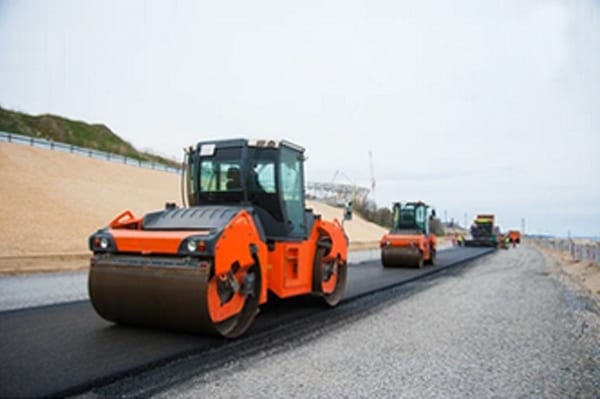
Compaction is required almost at every construction site to reduce the amount the air in the soil and increase its load-carrying capacity.
Whether it is a building site or a road construction site, you will have to do compaction to improve the load-carrying capacity of the soil.
There are various types of pieces of equipment available to perform compaction that can range from small handheld machines to large machines steered by powerful engines.
In this article, we will discuss the vibrator roller compactor which is one such machine out there to perform compaction operations. There would be an explanation of its working, its use, its speed, and its suitability for various types of soils.
Contents
What is a Vibratory Roller
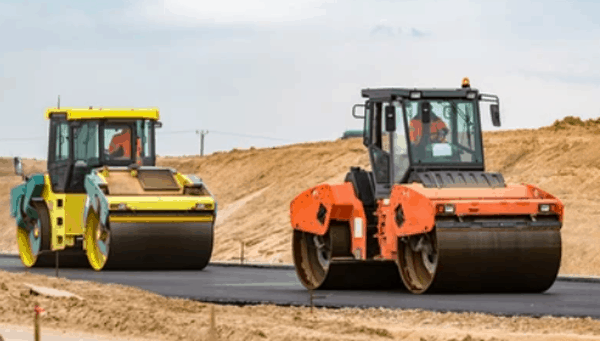
By applying combined static and dynamic forces to increase the load-bearing capacity of the surface, a vibratory roller is one of the types of a compactor.
It has a drum to densify soil, asphalt, or other materials. The process of densification is carried by transferring vibrations to the surface. The wheel of the vibratory rollers can fully cover the area underneath them.
This type of roller is more efficient than the other types of roller for compaction purposes. A vibratory roller usually has a two-wheel installed on the rear end while a drum roller is installed on the front end.
Vibrations coming out from the roller organize the particles, while also exerting direct pressure on the specific layers. While moving the vibratory roller in a reverse direction, vibrations are turned off. This is done particularly to avoid disturbing the compaction of an already compacted area.
Vibrator roller works great with cohesionless and granular soils like sand, etc.
How Does a Vibratory Roller Work
Vibratory rollers produce vibrations by filling the drum with basalt. As the drum rotates so does the basalt. The basalt collides with the walls of the drum and produces vibrations. The magnitudes of these vibrations can be increased by increasing the weight of basalt.
Alternatively, the vibration of the vibratory road roller is also obtained through weights which ar are attached to the shaft inside the motor. The motor itself is located inside the drum.
Roller wheels give it the flexibility to even perform vertical movements. These vertical movements allow the roller to also move easily on irregular surfaces.
The roller is operated by the driver sitting in the main cabin. All the steering controls are provided there. The engine can be located either at the front or rear end of the roller.
How to Use a Vibratory Roller
Following steps should be followed while operating a vibratory roller.
Wear all the gear
Before operating the vibratory roller, you should wear all the protective gear.
It would include a special suit which protects you from extreme heat or cold. There would be special boots that can resist impact from hard objects. Additionally, you would have a safety helmet and goggles, that you should be wearing the time.
Inspection of machine
Before you start inspect your machine properly for any issues. Check for any cracks, corrosion, and oil leaks. Check the gauges, whether they are working properly or not. Check if everything is properly operational or not. If you find any issues you should report them to your supervisor and go for the maintenance and repairs.
Turning on the ignition
Turn on the ignition by using a key or a push button.
At this stage, do not disengage the lock yet as you still need to take some precautions. As in the previous step, you must inspect if parts of your road roller are functioning properly.
Read the notes and specifications prepared by the civil engineer before you start rolling over your material. You should be aware of the limitations of the machine. It will help you determine how many passes you need to do on the material you’re compacting.
You may have to select the frequency of vibration depending on the type of material and the machine you are using.
All the settings of the roller can be altered using the control panel located in the driver’s cabin. There would be different levers installed in the control panel which would serve different purposes.
Controlling your gear and steering
Your operating lever is equipped with a handle. It can move in different directions similar to your car gear. It can easily be operated by simply choosing the forward and reverse switch.
These switches are integrated into the handle. The more is the deflection of the lever in the forward direction, the more will be the speed. Moving the lever in a backward direction initiates the reverse motion. There is also a steering wheel installed there, which is used to maneuver the roller.
What Soil is Vibratory Roller Used For
Vibratory rollers are ideal for compacting granular soils like sand. They can also be used to compact paving materials.
These granular soils are difficult to compact otherwise with simple rollers. Therefore, a vibratory roller produces the vibrations allowing the granular particles to rearrange in a compact removing any air voids.
What is The Speed of The Vibratory Roller
A maximum frequency of 2,400 vibrations per minute (vpm) can be achieved for static steel-wheel rollers and vibratory rollers.
Moreover, they can travel at speeds of around 22 miles per hour. They are capable of applying competitive force at a rate of 3600 vibrations per minute.
While they are operating at these vibration frequencies, their speed is reduced and they operate at speed of around 4 miles per hour.
However, for the pneumatic-tire roller, the maximum speed is only 4 miles per hour. The speed can be increased or decreased depending on the number of vibrations, the roller is imparting. Greater is the frequency of vibrations, lesser would be the speed, and vice versa.
The operation speed is normally specified by the engineer along with the vibration frequency. The amount of compaction finished at the site is monitored through site samples.
Can You Use a Vibratory Roller on Dirt
As per the recommendations of codes and engineers, a vibratory smooth-drum roller is used for the materials that have at most 10% cohesive content.
On the other hand, a tamping foot, or Padfoot roller can compact soils having as much as 50% cohesive content.
The cohesive content is usually clay. The amount of clay in the soil is checked by seave analysis in the laboratory.
Why is Vibratory Roller Suitable For Dranular Soils
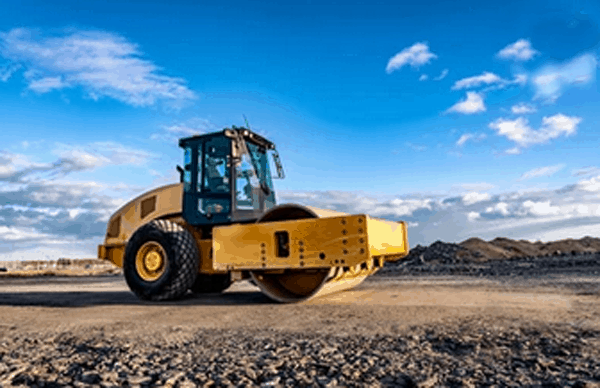
Granular soils are best compacted with vibration energy either with a vibratory plate or vibratory roller.
This because thet the vibration effect reduces the number of frictional forces acting at the contact surfaces.
This allows the particles to fall under their weight and arrange themselves in the tightest possible configuration.
As the number of vibrations starts to increase, the soil particles become momentarily separated from each other. This allows them to turn and twist until they can find a position, which limits their movement.
Conclusions
To conclude this article discussed the vibrator roller compactor which is a machine out there to perform compaction operations. There was an explanation of its working, its use, its speed, and its suitability for various types of soils.
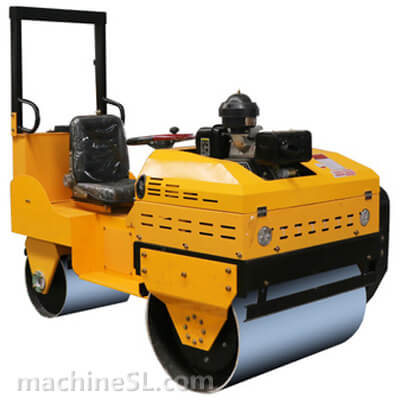
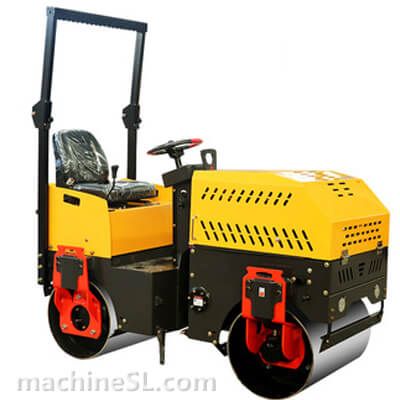
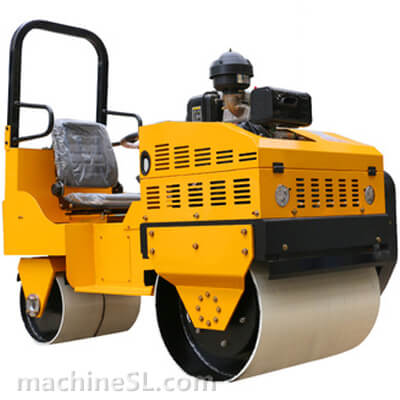
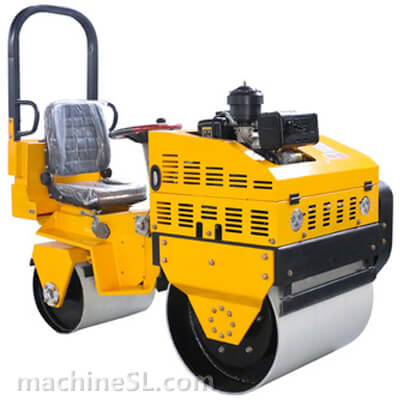
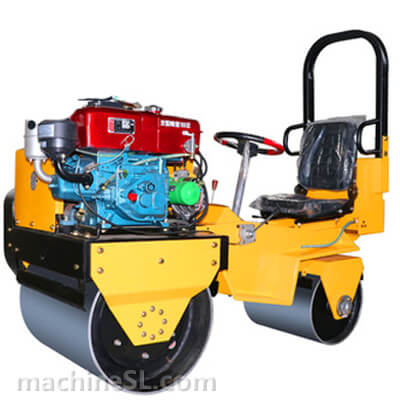
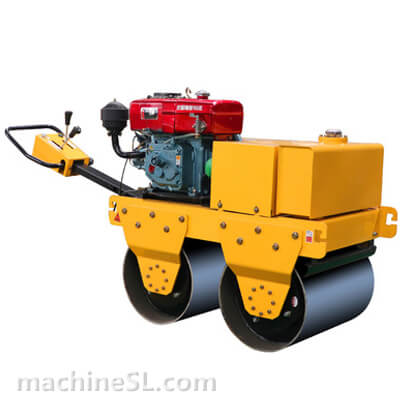
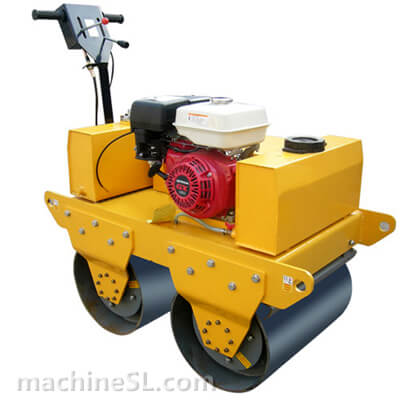
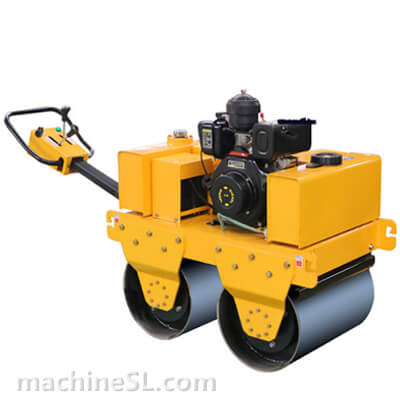
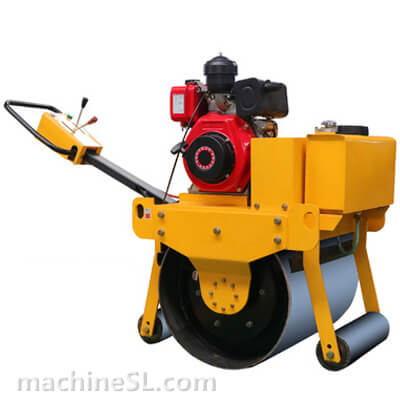
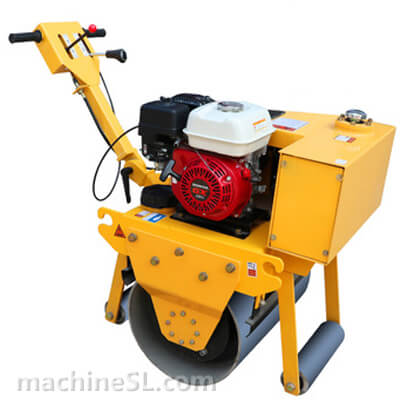
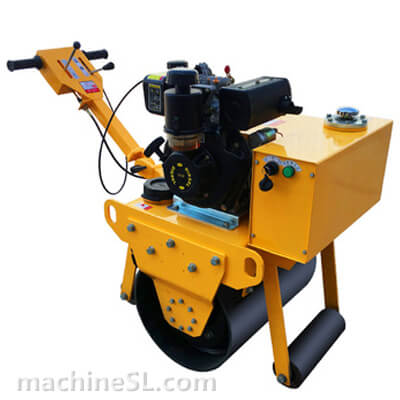
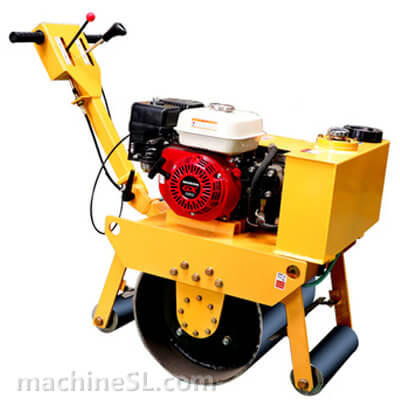



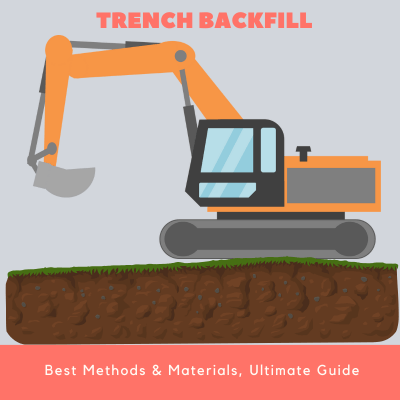
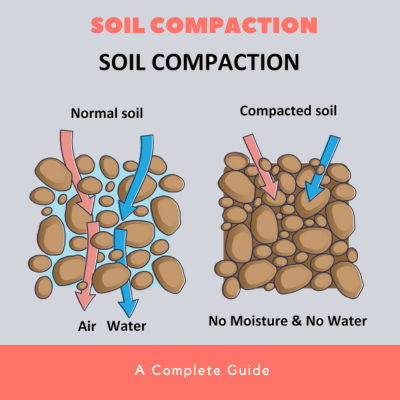
Hi
Can I use vibratory while cornering?
thanks, let’s keep in touch by email
I’m not sure what this is, but it looks like it could be useful.
thanks
Great post! I found the explanation of how vibratory rollers work really helpful, especially the details on the differences between static and vibratory compaction. Looking forward to using these tips in my next project!
thanks